How to Troubleshoot and Resolve Fitbit App Crashing Issues
When the Fitbit app starts crashing, it hinders your ability to manage Fitbit devices and access the app’s features. This problem has been reported across all Fitbit-supported platforms. Sometimes, an app update or an OS update might trigger the issue. Additionally, the app may not crash upon launch, but instead when accessing specific features, such as viewing charts.
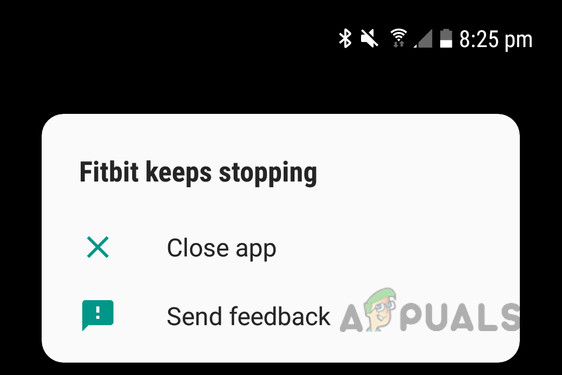
In certain situations, you may encounter a black screen without an error message. At other times, incessant crash popups may bombard the screen—even with the app running in the background—severely disrupting regular phone use.
Troubleshooting Prerequisites
- Compatibility: Ensure that your device is compatible with the Fitbit app. Check the compatible device list on the official Fitbit website.
- Server Status: Verify any service outage by checking online services like DownDetector or official Fitbit social media channels.
- Storage Space: There should be sufficient free storage space on your device. A lack of space can cause the Fitbit app to crash during syncing or other operations.
- Relaunch the Fitbit app.
- Restart your device.
- Relog into the Fitbit app.
1. Update the Fitbit App and Your Device’s OS
An outdated Fitbit app or a device’s OS missing the latest patches can result in incompatibility, leading to crashes. Updating both to the latest versions can solve the problem.
Update the Fitbit App
- Open the Google Play Store or Apple App Store and search for Fitbit.
- If an update is available, select it to begin the update process.
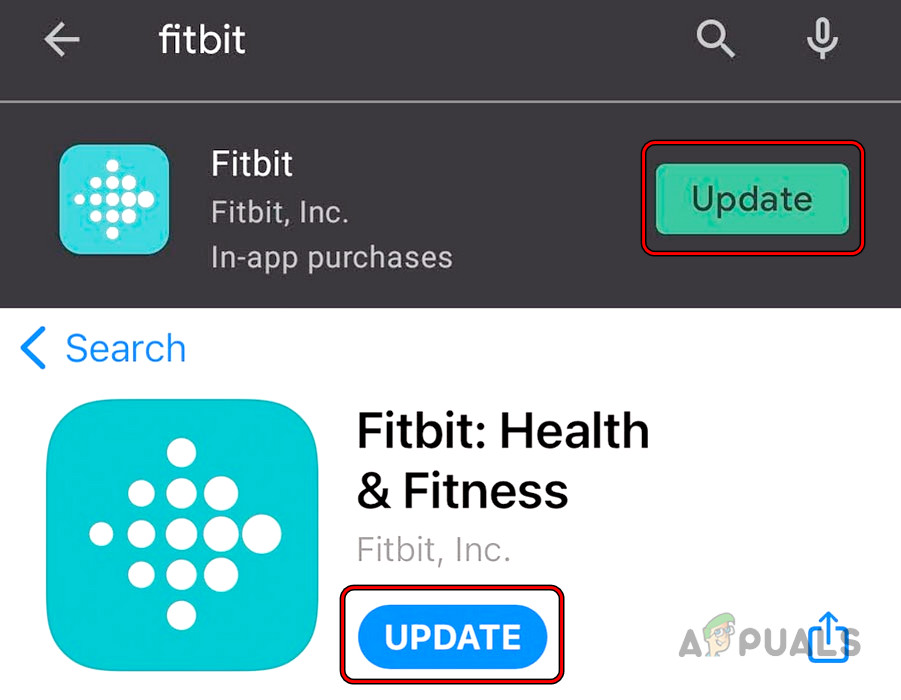
Update the Fitbit App - After updating, restart your device and open the Fitbit app to check for proper functionality.
Update the Device OS
Before updating, back up your device’s data and ensure it is fully charged. For updating an iPhone:
- Head to iPhone Settings > General > Software Update.
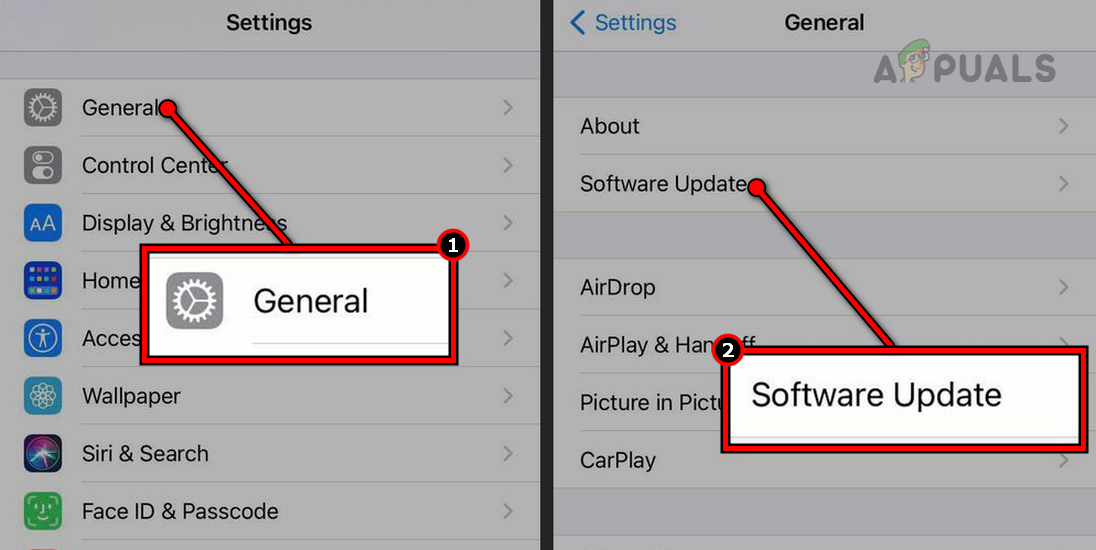
Update Software on an iPhone - Install any available iOS updates and restart your device thereafter.
- Launch the Fitbit app to see if it no longer crashes.
2. Move the Fitbit App to the Device’s Internal Storage
If the Fitbit app is on external storage, its execution may be limited, causing crashes. Moving it to the internal storage can resolve this issue. For Android devices:
- Go to Settings > Applications > Fitbit.
- Select Storage and tap Change.
- Choose Internal Storage and restart your device.

Move the Fitbit App to the Device’s Internal Storage - Open the Fitbit app again to check for resolution of the issue.
3. Launch the Fitbit App after Enabling the Device’s Airplane Mode
The Fitbit app might crash if it cannot correctly use the device’s communication components. A workaround is to enable Airplane Mode before opening the app.
- Close the Fitbit app.
- Access your device’s Settings and enable Airplane Mode.
- Open the Fitbit app. Once loaded, access the Quick Settings panel without closing the app by swiping up or down from the corner of the screen.

Disable Airplane Mode on the iPhone Through the Quick Settings Panel.png - Turn off Airplane Mode and check if the app functions properly.
- If unsuccessful, enable only Wi-Fi, keeping Mobile Data and Bluetooth off, and re-open Fitbit.
- Review if the issue is fixed. If not, enable Mobile Data and Bluetooth one at a time, keeping other connectivity options off, and test again.
Note that some phones might require “Wi-Fi Always on” or “Mobile Data Always on” settings to prevent the Fitbit app from crashing.
4. Correct the Date and Time Settings on Your Phone
Incorrect date and time settings can disrupt the Fitbit app’s syncing process, resulting in crashes. Correcting these settings is crucial. On an Android phone:
- Navigate to Settings > General > Date and Time.
- Turn off Set Automatically and manually enter the correct time, or enable it if it was previously disabled.
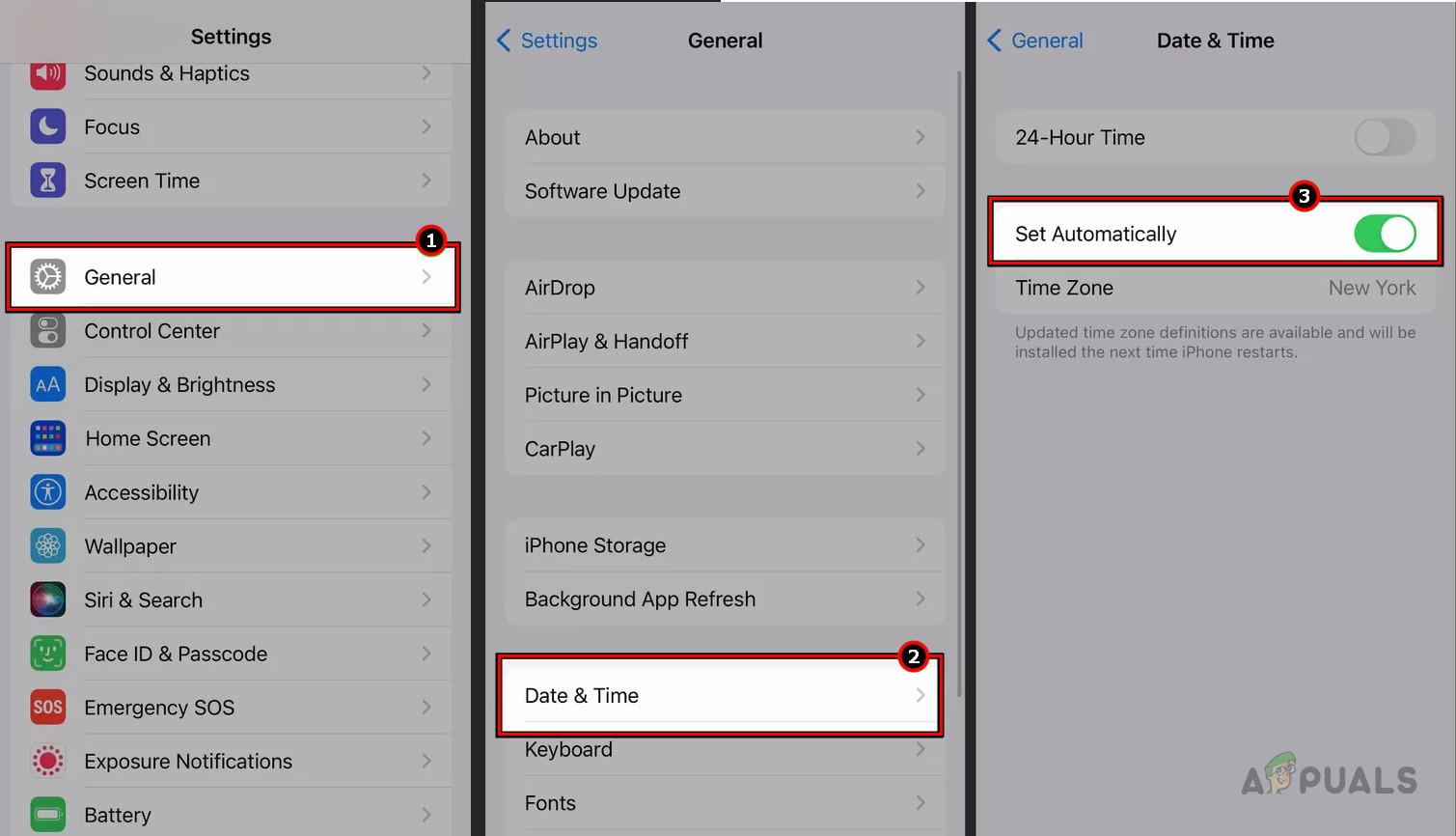
Disable Set Automatically in the Date & Time Settings of the iPhone - Restart your device and open the Fitbit app to determine if it operates correctly.
5. Check Permissions of the Fitbit App
The Fitbit app requires specific permissions to function properly. Without them, it may crash. On an Android device:
- Force close the Fitbit app as previously mentioned.
- Head to Settings > Application Manager > Fitbit > Permissions.
- Grant all the necessary permissions and open the Fitbit app to verify if the issue is resolved.
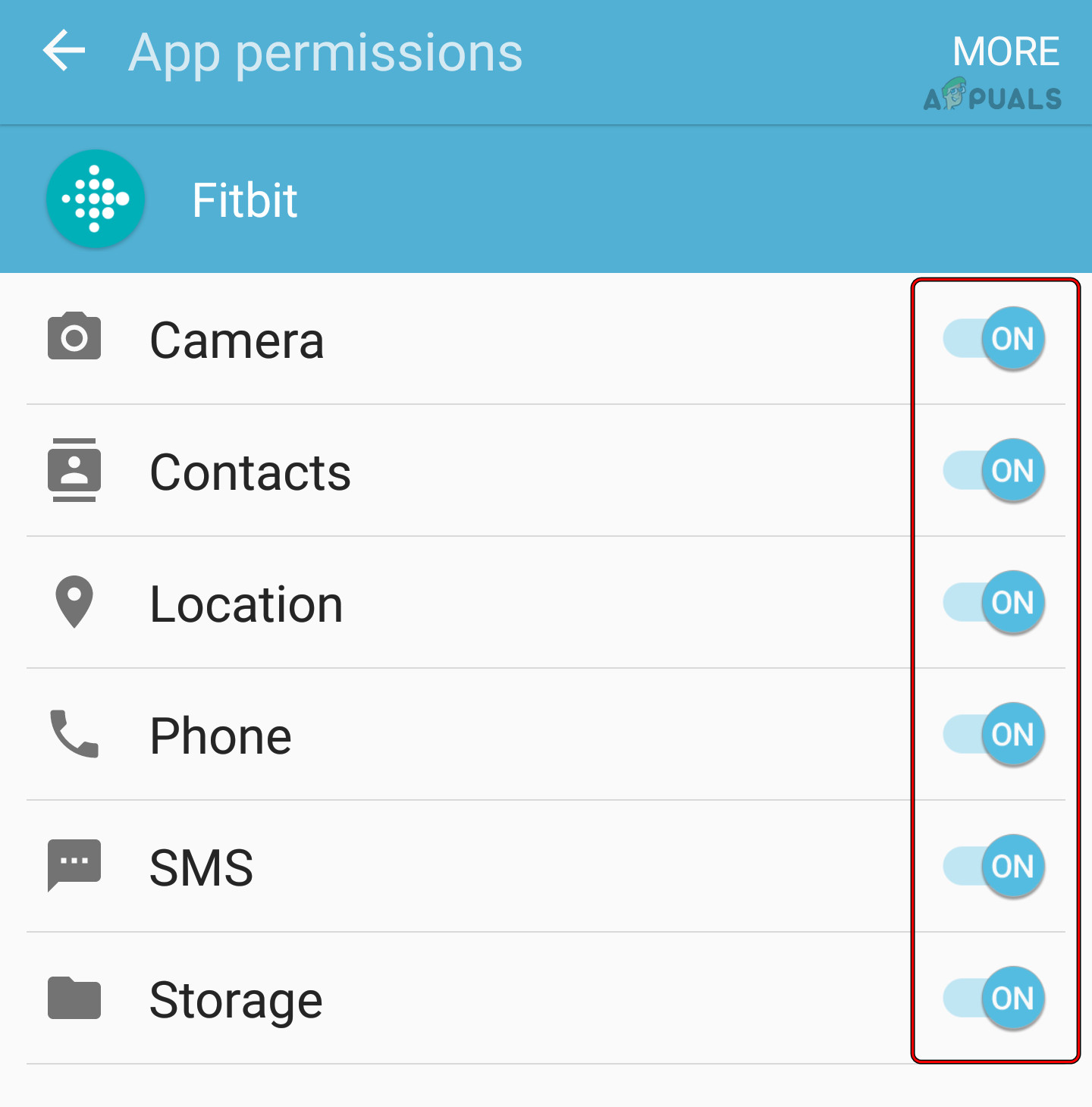
Enable All the App Permissions of the Fitbit App - If the problem persists or all permissions had previously been granted, try disabling Location permissions for the Fitbit app to see if that resolves the issue.
6. Re-add the Fitbit Device to the Fitbit App
Syncing issues between the Fitbit app and the device can lead to crashes. Removing and re-adding the Fitbit device to the app can be helpful.
- Enter the phone’s Settings > Bluetooth.
- Select the paired Fitbit device and choose Forget This Device.
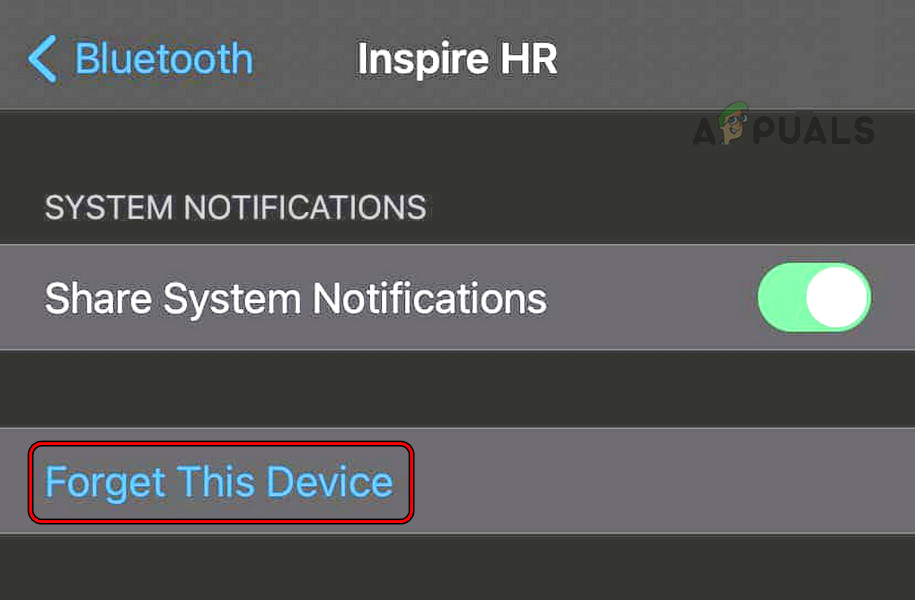
Forget the Fitbit Device in the Device’s Bluetooth Settings - Open the Fitbit app to see if the crashing issue is resolved. You may now re-add the Fitbit device.
- If unsuccessful, turn off Bluetooth, restart your phone, and relaunch Fitbit. Reactivate Bluetooth and test again.
7. Check for Conflicting Apps or Settings
Resource conflicts with other apps or device settings can lead to Fitbit app crashes. Removing any conflicting apps or disabling problematic settings may provide a solution.
Uninstall the Conflicting App
For example, Google Maps has been reported to conflict with the Fitbit app. To address this on an Android device:
- Head to Settings > Applications > Google Maps.
- Tap on Uninstall or Disable, confirming the action.

Uninstall Google Maps - Restart your phone and open Fitbit. Check if it functions correctly.
- If the problem continues and you have a privacy app (like XPrivacy), deactivate it and check for resolution.
Modify the Device’s Battery Optimization Settings
Battery optimization settings that limit the Fitbit app’s function can cause crashes. Adjusting these settings, which may vary between manufacturers and models, can help. Using a Huawei phone as an example:
- Access Settings > Battery > App Launch.
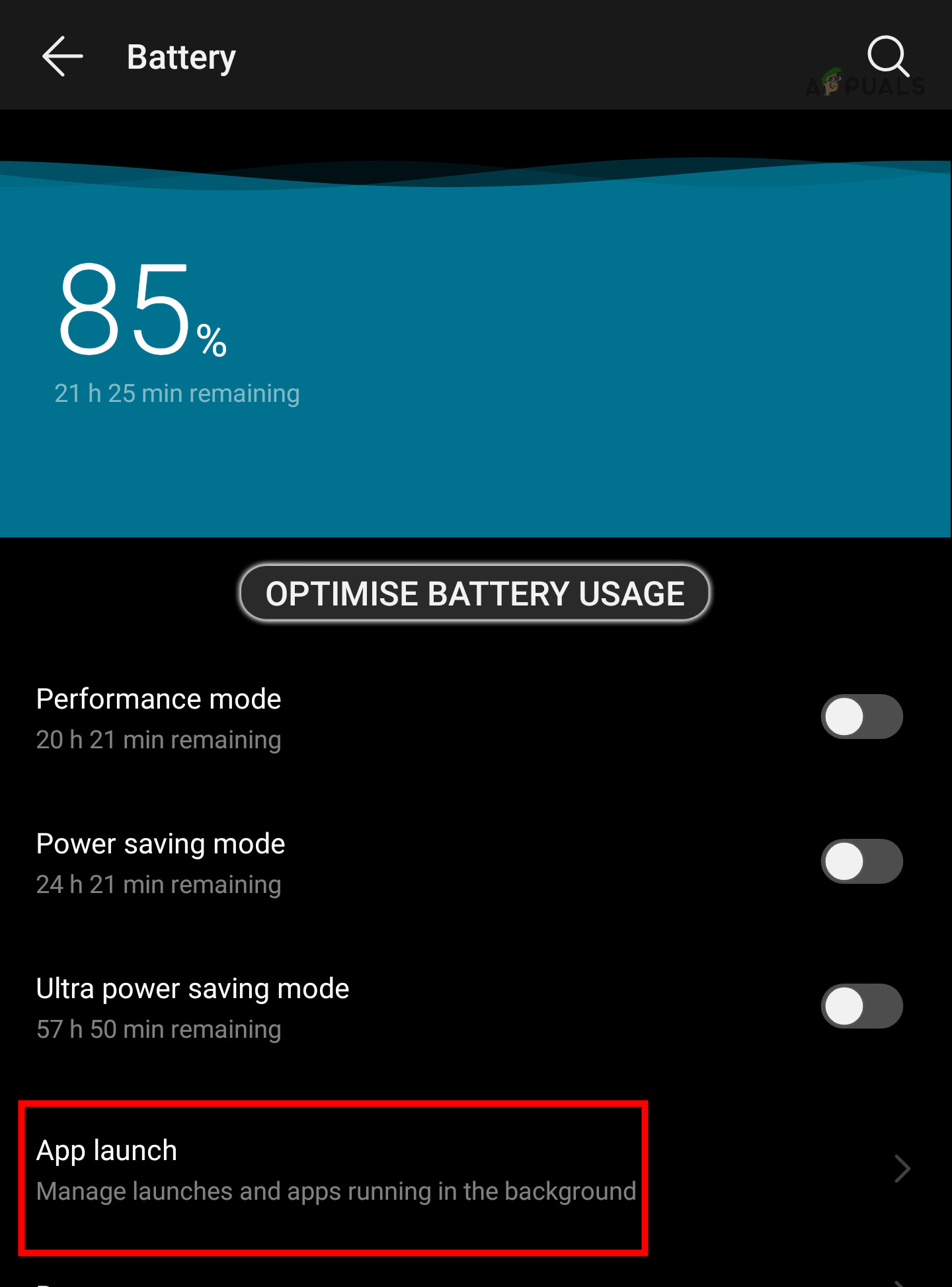
Open App Launch in the Battery Settings - Click the three vertical dots in the upper right and choose Manage Manually.
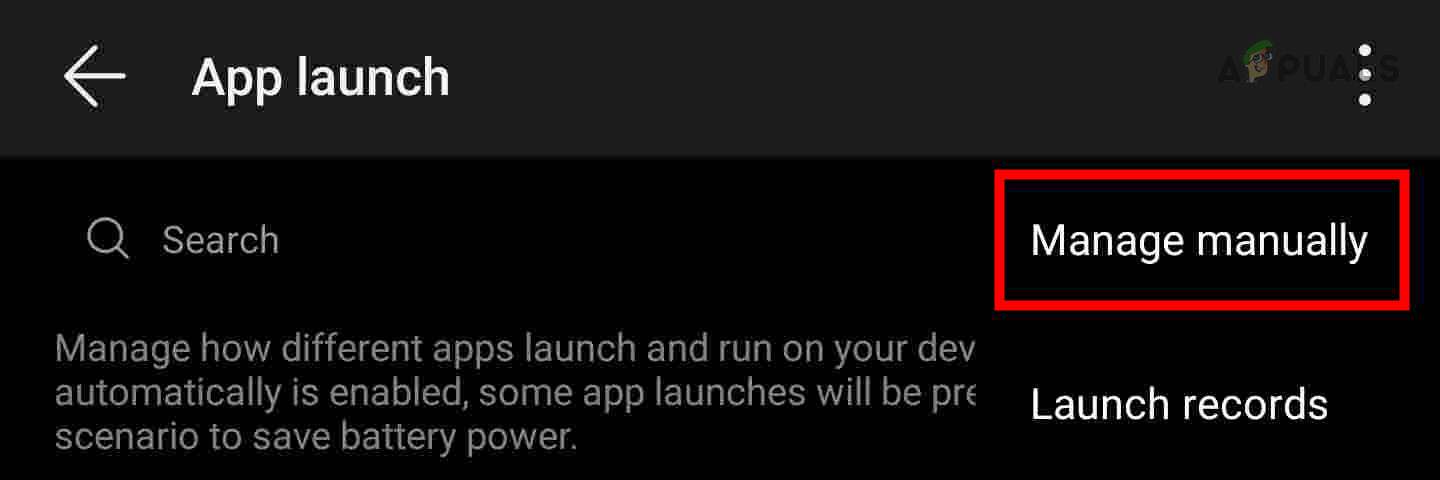
Open Manage Manually in the App Launch - Find Fitbit and disable all options for it.

Disable the Fitbit Options in the App Launch - Restart your device and try opening Fitbit again to see if the issue is corrected.
- If not, enable all options for Fitbit under App Launch and test again.
8. Clear Cache/Data of the Fitbit App (Android Only)
The Fitbit app and Google Play Services can crash if their cache/data are invalid. Clearing both should help. Before proceeding, log out from the Fitbit app if possible.
Clear Cache of the Fitbit App
- Navigate to Settings > Applications > Fitbit > Storage.
- Select Clear Cache and then open Fitbit to check if the issue has been resolved.
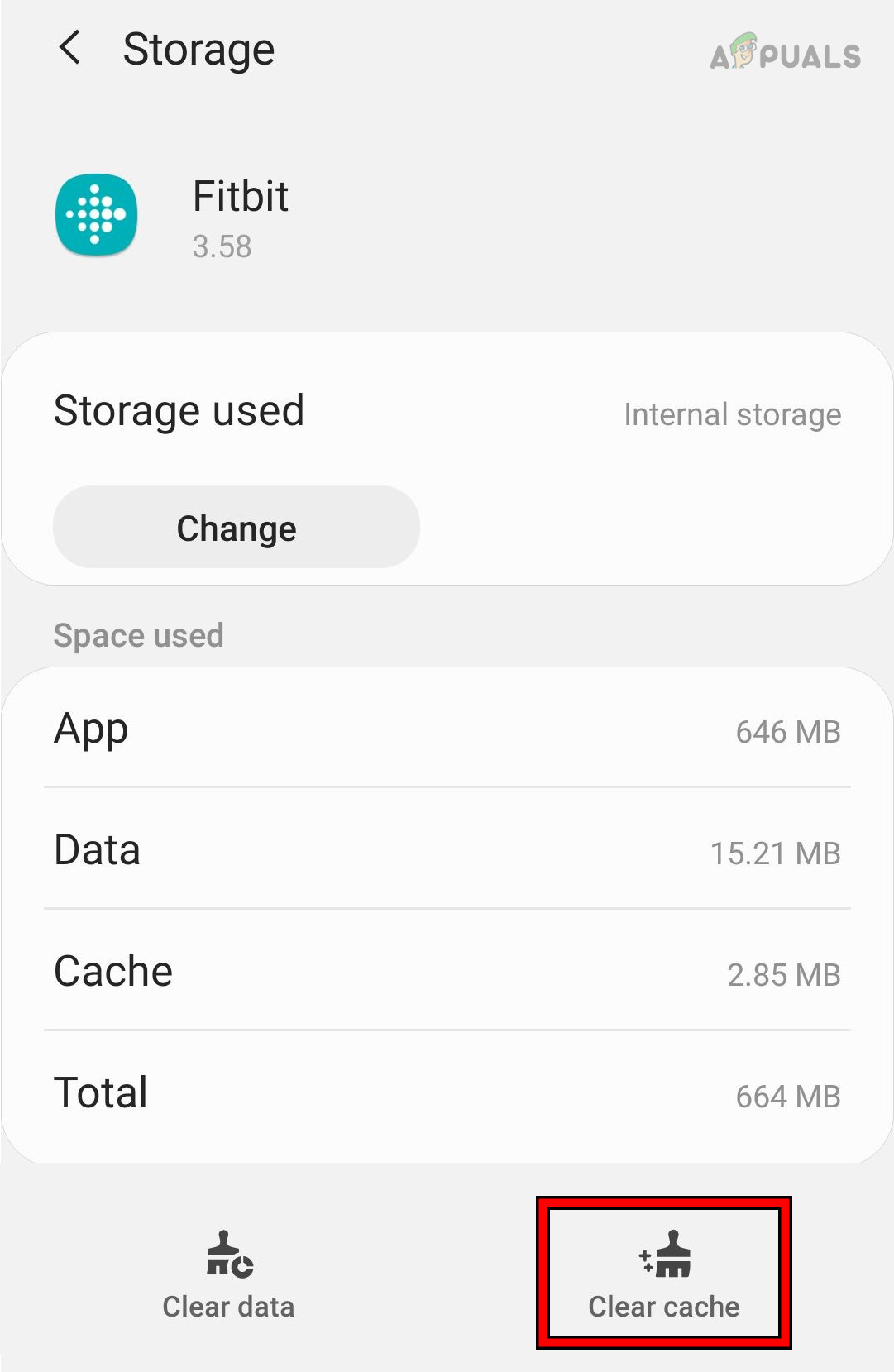
Clear Cache of the Fitbit App
Clear Cache and Data of the Fitbit App
Note: Clearing the app’s data will require re-entering login information and reconfiguring the app.
- Proceed to Settings > Applications > Fitbit > Storage.
- Clear both cache and data for the Fitbit app.
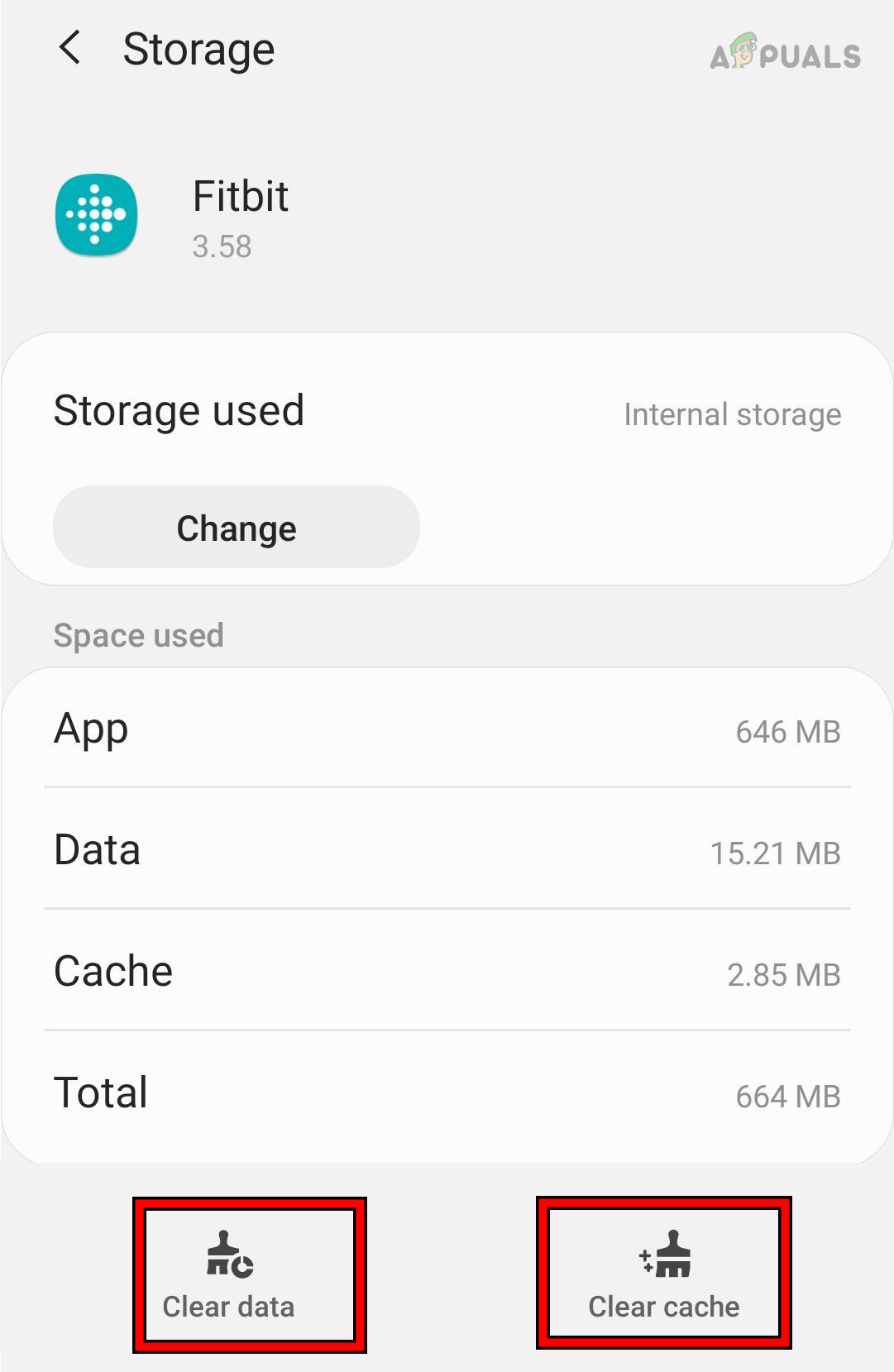
Clear Cache and Data of the Fitbit App - Restart your phone and open Fitbit to see if the issue is resolved.
9. Reinstall the Fitbit App
The Fitbit app may crash if its installation becomes corrupted following an update. A fresh installation could resolve the problem. Ensure to clear the history and web data of your device’s default browser, such as Safari on iPhone or Chrome on Android, prior to reinstalling the app.
Reinstall Fitbit on the Problematic Device
- Forget the Fitbit device in the device’s Bluetooth Settings.
- Open your device’s Settings and navigate to Application Manager > Fitbit.
- Force stop the app by tapping Force Stop and confirming.
- Access Storage and clear the app’s cache/data.
- Return to the previous screen and select Uninstall.
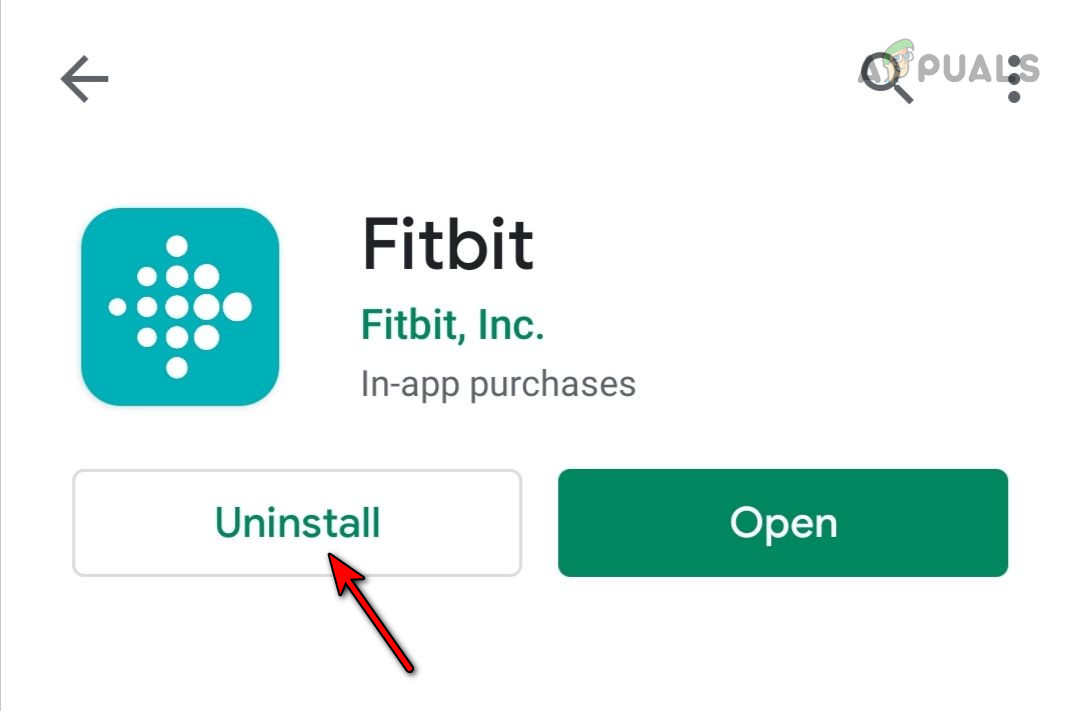
Uninstall the Fitbit App - Confirm the uninstallation and, once complete, restart your phone.
- Remove the device’s SD card.
- Reinstall the Fitbit app and test for the crashing issue. You can reinsert the SD card afterward and pair your Fitbit device again.
Reinstall Fitbit on Another Device
If reinstalling Fitbit doesn’t resolve the issue on the problematic device:
- Install the Fitbit app on a different phone or system and pair the Fitbit device.
- Attempt to reinstall the Fitbit app on the initially problematic device to see if the issue is resolved.
Reinstall After Revoking Access to All Fitbit Devices
- Uninstall the Fitbit app from your device and forget the Fitbit device in the Bluetooth settings.
- Log into the Fitbit website via a desktop browser with your credentials.
- Navigate to Settings > Manage Account Access and select Revoke All Access.

Revoke Account Access of Fitbit - Reinstall the Fitbit app on your device and check if the issue is now resolved.
10. Reset the Phone and the Fitbit Device to Defaults
Damaged OS components might cause the Fitbit app to crash, particularly during data sync operations. A full reset of your phone and Fitbit device may resolve this. Before proceeding with the reset, ensure to back up any unsynced data. Also, make sure both devices are fully charged.
Reset the Fitbit Device
To reset an Ace 3:
- If possible, remove the Fitbit device from the Fitbit app and forget it in the phone’s Bluetooth settings (as discussed in earlier steps).
- On your Fitbit device, go to Settings and select Clear User Data.

Clear User Data of the Fitbit Ace 3 - Press the screen for three seconds when prompted, and then release it.
- Once the device restarts, do the same with your phone and try launching the Fitbit app again. Re-pair the Fitbit device and check for the resolution.
Reset the Phone
Note: This is a last resort, as it will erase all data on your phone.
To reset an iPhone:
- Navigate to iPhone Settings > General > Reset > Erase All Content and Settings.
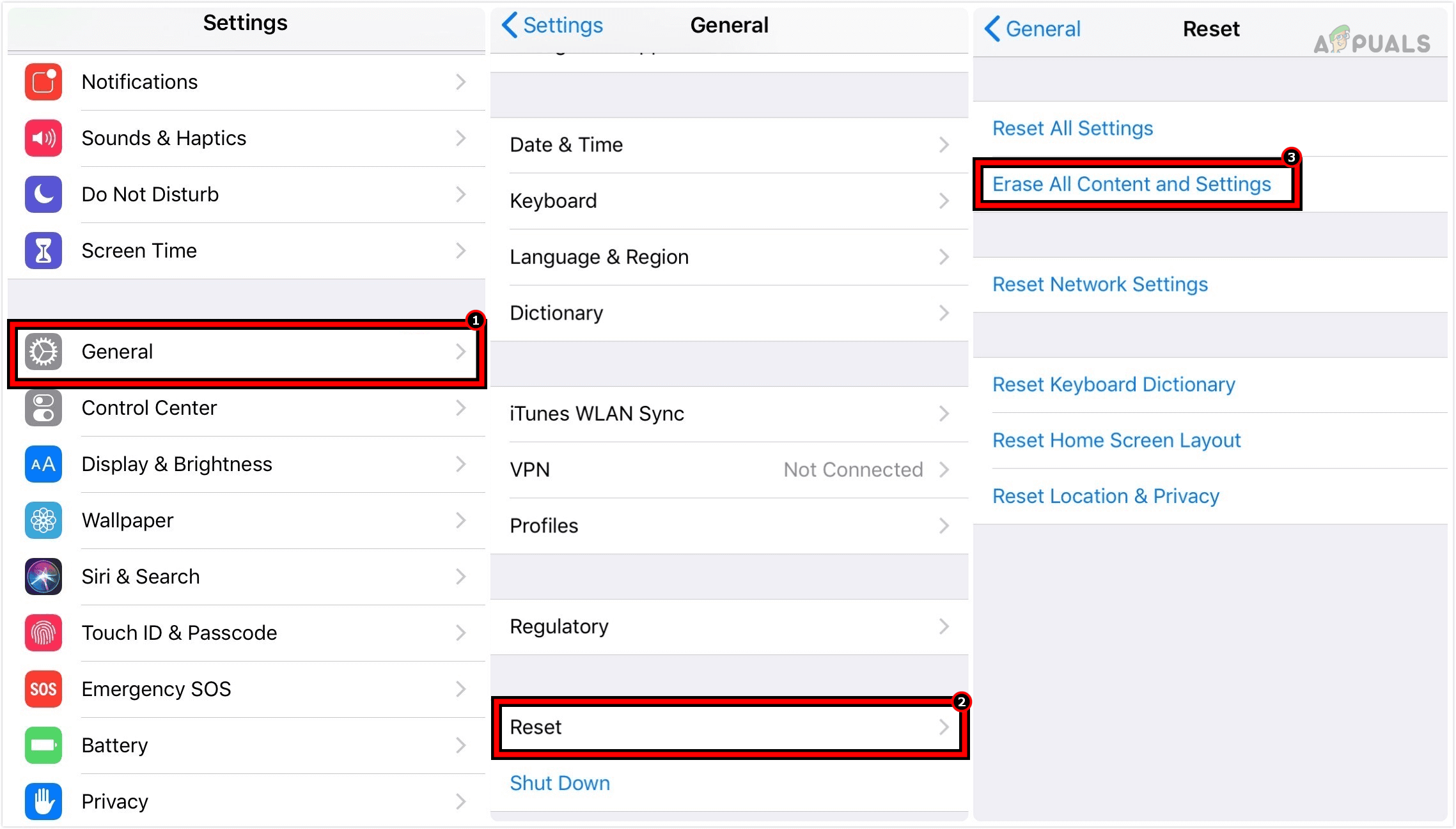
Erase All Content and Settings on the iPhone to Reset it to the Factory Defaults - Confirm the reset and wait for the process to complete.
- Once finished, set up your iPhone without restoring from a backup and install the Fitbit app anew.
- Open the Fitbit app to determine if it is now functioning as expected.
If you have exhausted all the methods above and the Fitbit app still crashes, it would be wise to reach out to Fitbit support for further assistance.
Here are a few additional methods you might consider if the Fitbit app continues to crash:
11. Check for External Factors Affecting Connectivity
Outside interference from other Bluetooth devices or Wi-Fi networks may sometimes cause the Fitbit app to malfunction. Consider the following steps:
- Turn off other Bluetooth devices in the vicinity to prevent interference.
- Connect to a different Wi-Fi network (such as another phone’s hotspot) or try using mobile data if connectivity issues are suspected.
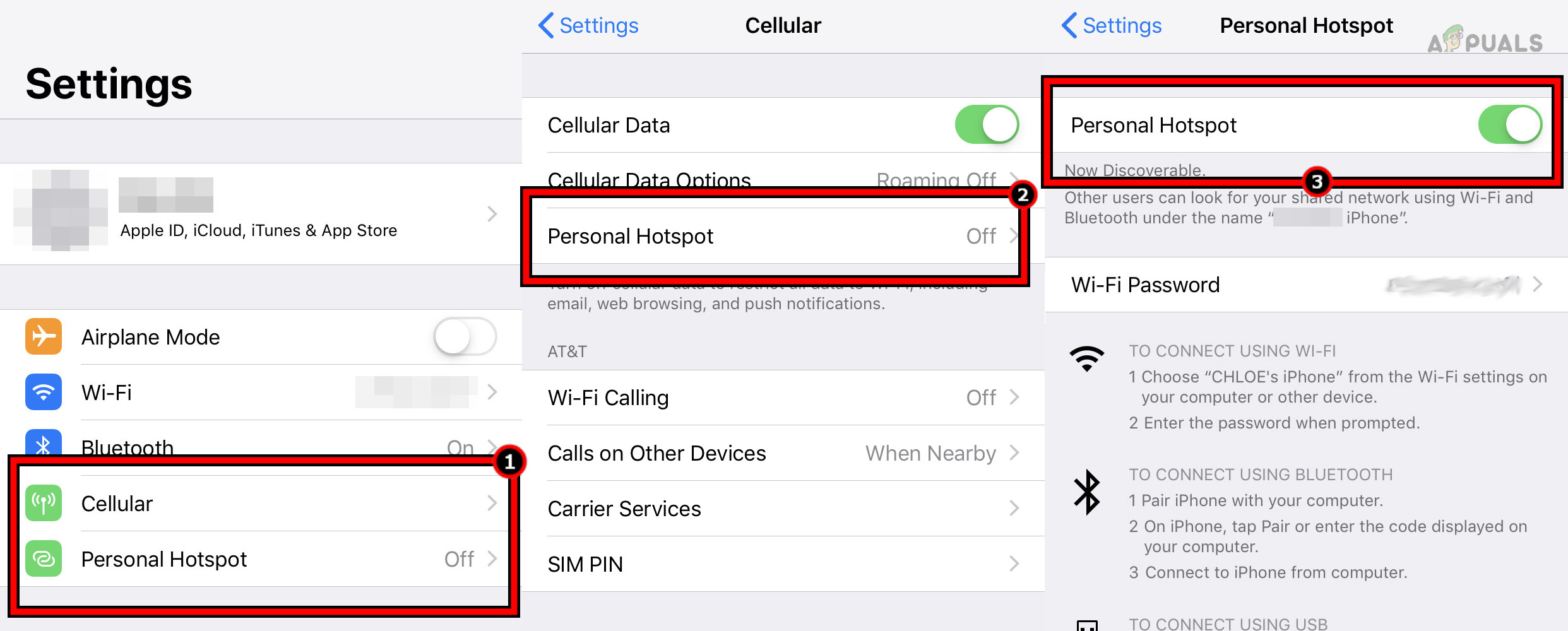
Enable Hotspot on the iPhone
12. Reset Network Settings (iOS only)
Network-related problems can sometimes lead to app crashes. A network settings reset can help:
- Go to the iPhone Settings > General > Reset > Reset Network Settings.

Reset the Network Settings of the iOS Device - Confirm you want to reset the network settings. This will erase all network settings, returning them to factory defaults.
13. Safe Mode (Android only)
Booting your device into Safe Mode can help identify if third-party apps are causing the Fitbit app to crash:
- Press and hold the power button.
- Touch and hold the Power off notification until you see “Reboot to Safe Mode” and then release.
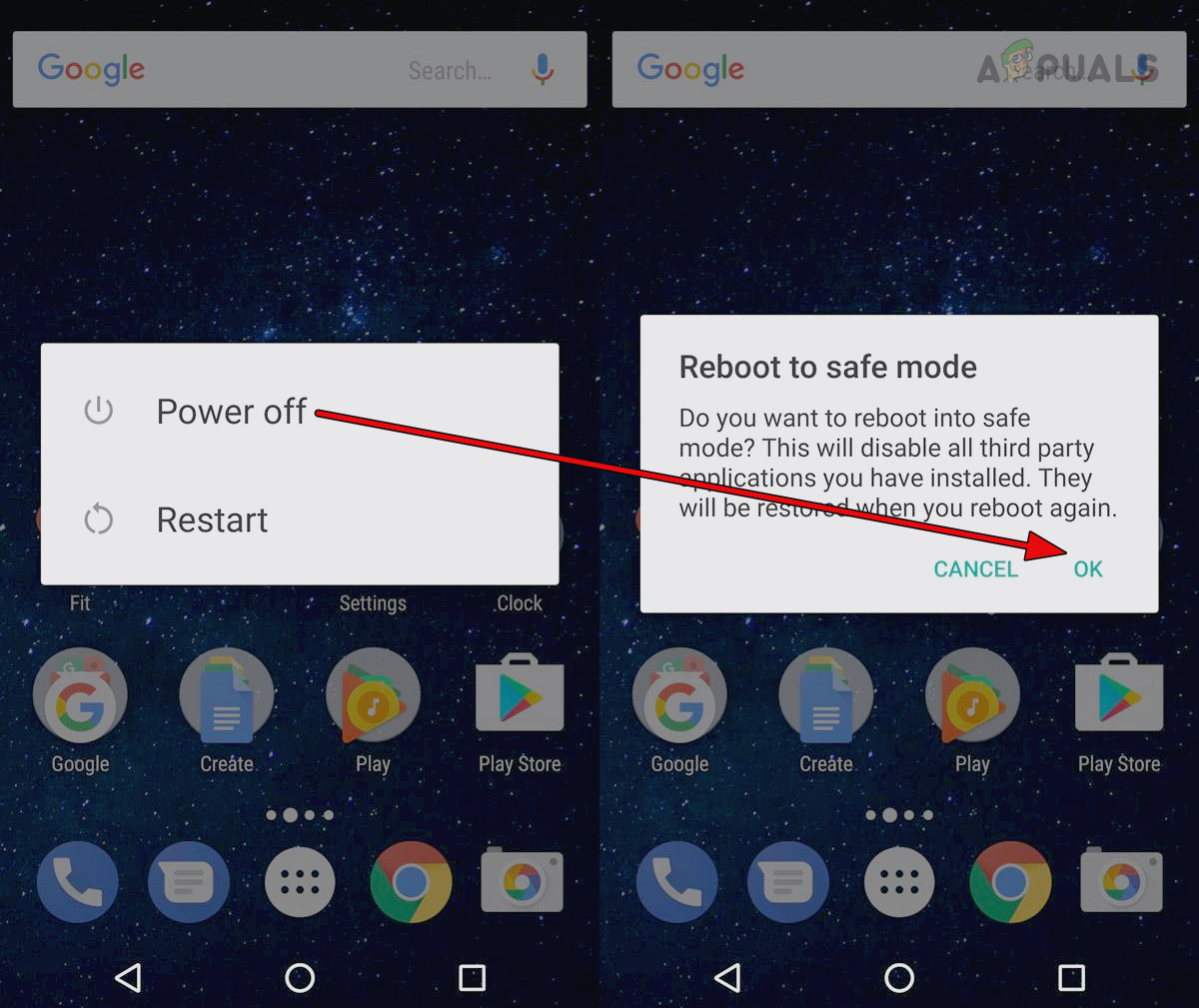
Boot the Android Phone into the Safe Mode - Tap “OK” to confirm.
- Once in Safe Mode, try using the Fitbit app to see if it still crashes. If it doesn’t, a third-party app is likely the cause of the crashes.
14. Check for Wear OS Updates (For Fitbit on Smartwatches)
If you’re using the Fitbit app on a Wear OS smartwatch, ensure the Wear OS is up to date:
- On your smartwatch, go to Settings > System > About > System updates.

Check for the Wear OS Updates - Follow any prompts to install updates.
15. Perform a Partial or Full Sync Reset
Sometimes the Fitbit device itself might need a sync reset to re-establish a stable connection with the app:
- Go to the Fitbit app’s dashboard and tap on the device icon.
- Find the option for “Sync Now” and tap it. If syncing fails, try the next step.
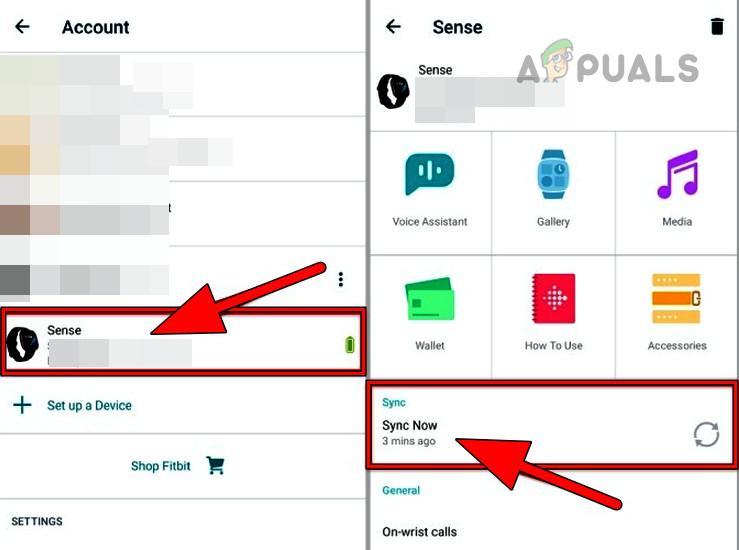
Tap on Sync Now for the Fitbit App - If available, use the option within the app to perform a “partial reset” or a “full reset” of the device’s connectivity functions.
16. Disable Battery Saver Mode
Battery-saver modes on phones can restrict background data usage and affect the Fitbit app’s functionality:
- Access the phone’s Settings and go to the Battery section.

Disable the Power Saving Mode in the Android Phone Settings - Find and disable any Battery Saver or Power Saving Mode.
Make sure to follow each step methodically and confirm that your Fitbit app and device firmware are always up to date. If all else fails, consider reaching out to the community forums or checking the FAQ section of the Fitbit website for additional advice and solutions.





